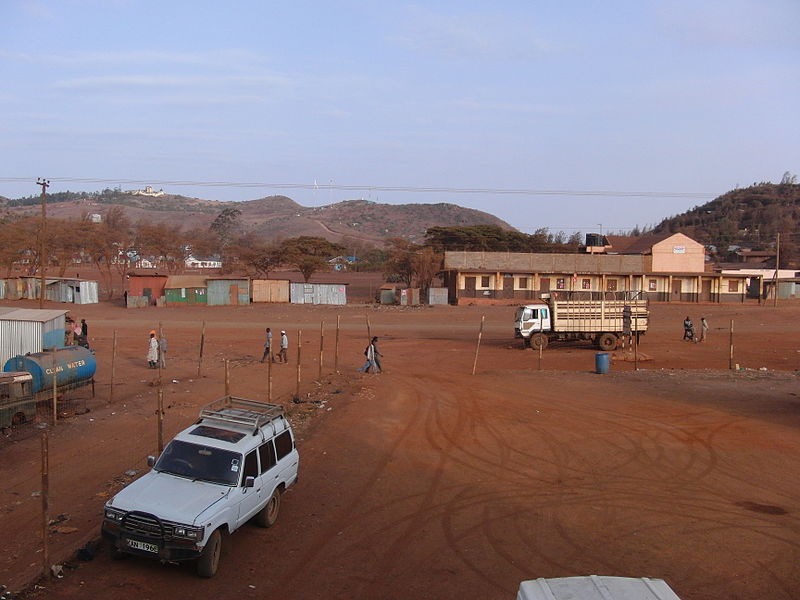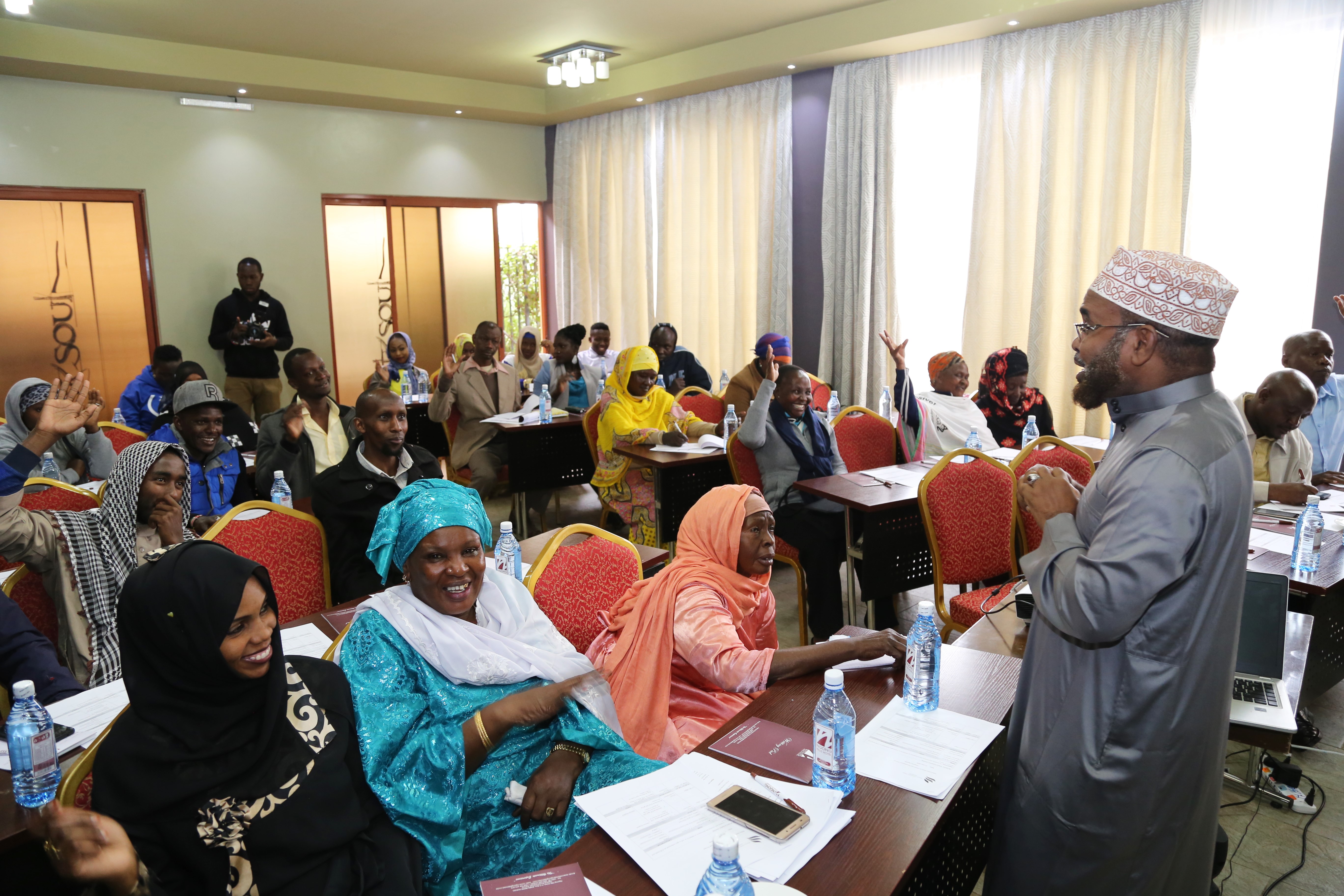Q&A: Complexity-Aware Planning for Stabilization Programming
Aug 13, 2018
 In complex and unstable environments, standard performance monitoring is often insufficient to ensure activities remain relevant and adapt to the evolving ecosystem in which they are implemented. DAI’s complexity-aware planning (CAP) cycle is designed for situations where the understanding of a country’s conflict is narrow, conditions are constantly in flux, and buy-in from stakeholders may be limited. CAP embeds performance monitoring in the continual assessment of social, political, and security dynamics, and provides a system for integrating research and situational awareness with activity design, monitoring and evaluation, and strategy. It monitors unanticipated outcomes, considering multiple pathways of change and causal logic by examining actors, influencers, and relationships; system factors, dynamics, and qualities; and conflict triggers and events.
In complex and unstable environments, standard performance monitoring is often insufficient to ensure activities remain relevant and adapt to the evolving ecosystem in which they are implemented. DAI’s complexity-aware planning (CAP) cycle is designed for situations where the understanding of a country’s conflict is narrow, conditions are constantly in flux, and buy-in from stakeholders may be limited. CAP embeds performance monitoring in the continual assessment of social, political, and security dynamics, and provides a system for integrating research and situational awareness with activity design, monitoring and evaluation, and strategy. It monitors unanticipated outcomes, considering multiple pathways of change and causal logic by examining actors, influencers, and relationships; system factors, dynamics, and qualities; and conflict triggers and events.
In this post, we explore the nuances of CAP with John Sampson, Chief of Party of NiWajibu Wetu (NIWETU), a U.S. Agency for International Development initiative to reduce violent extremism among at-risk individuals and communities in Kenya. As a recent example, CAP-based scanning picked up the arrest of influential cleric Sheikh Guyo Gosa by the Anti-Terror Police Unit earlier this year. The arrest sparked friction in Marsabit town, resulting in clashes that led to property damage and deaths. NIWETU immediately activated a rapid response expert to identify key actors in the conflict, examine the tensions and any residual issues, and recommend actions for government and NIWETU engagement.
Checkpoint: How does the CAP cycle affect how you implement stabilization programming?
Sampson: Simply put, a well-designed and well-run CAP cycle results in better programming. CAP goes beyond regular strategic reviews and forces teams into uncomfortable positions where data and research challenge assumptions—daily. This continuous feedback opens new thinking for policy and programming and ensures we are developing our activities on the basis of evidence.
Stabilization is all about working in a constantly evolving system. Violent extremist organizations, for example, are constantly adjusting their tactics. A CAP cycle with regular rounds of research and learning points helps us assess the relevance and effectiveness of our activities and apply what we learn to our overall strategy.

CVE expert Othman Mujahid tests participants’ knowledge of violent extremism and countering violent extremism dynamics at a training event in Kibra, Nairobi. Photo by Hank Nelson.
Checkpoint: What are the benefits of CAP?
Sampson: When we are systematically analyzing the effects of our interventions, throughout the activity cycle, we can better manage risk and better apply the “do no harm” principle—which is particularly important given the sensitivities of this type of programming. Another benefit is improved responsiveness to changes in context, provided you have adaptive programming options to respond quickly. In NIWETU’s case, our rapid response roster complements our small grants function. A small grant may take days or weeks to design and deploy, whereas our rapid response experts can mobilize within 48 hours, as with the Marsabit example describe above. Without the rapid response function, that situation may have escalated and the window of opportunity for response may have closed.
Checkpoint: What are the limitations of CAP?
Sampson: A key limitation of CAP is the expense—balancing that significant financial and resource demand against other programming resources is critical. Another limitation is that you can only go so deep in many conflict-affected areas because of security restrictions and a distrust of outsiders. Plus, knowledge and access can change over time. Finally, utility is paramount; if you’re not careful you can find yourself collecting information just for the sake of it—if you’re not going to incorporate your data into programs on the ground, then it’s not worth collecting.
Checkpoint: What is NIWETU trying to achieve through CAP and have you been successful?
Sampson: We focus on three outcomes through the CAP cycle.
- First, we try to inform policy direction and our own program strategy. We have seen some success in informing the Government of Kenya’s Countering Violent Extremism Action Planning process. Internally, using the CAP process has led us to put a greater emphasis on improving the capabilities of individual influencers, organizations, and government partners.
- Second, we seek to better target and design all our activities. In this regard, we use our baseline study and our actors-and-opportunities mapping to co-design each activity with our partners; CAP outputs have also informed changes to our hotspot locations, and mapping out violent extremist recruitment supply chains has also led us to adjust our interventions.
- Third, we look to inform wider complexity-based programming and research. Here, we could do better. NIWETU convenes a monthly coordinating meeting of countering violent extremism programs to share information with other stakeholders, but we need to improve how we package that information—particularly how we show the strategic and activity-level pivots we’re making as a result of what we’re learning.
A CAP cycle provides the adaptive management system needed to stay a step ahead in landscapes marked by localized conflict. When implementing CAP, make sure field teams drive the agenda: If it’s not useful to your frontline team and the communities you work with, then it’s not useful. Secondary outcomes, such as informing other partners and donors, should always be exactly that—secondary. Also, remember that determining the right depth of information at the right time is important; you will never know everything there is to know. And lastly, don’t neglect to use the information you have. It’s not there to be interesting; it’s there to effect positive change.